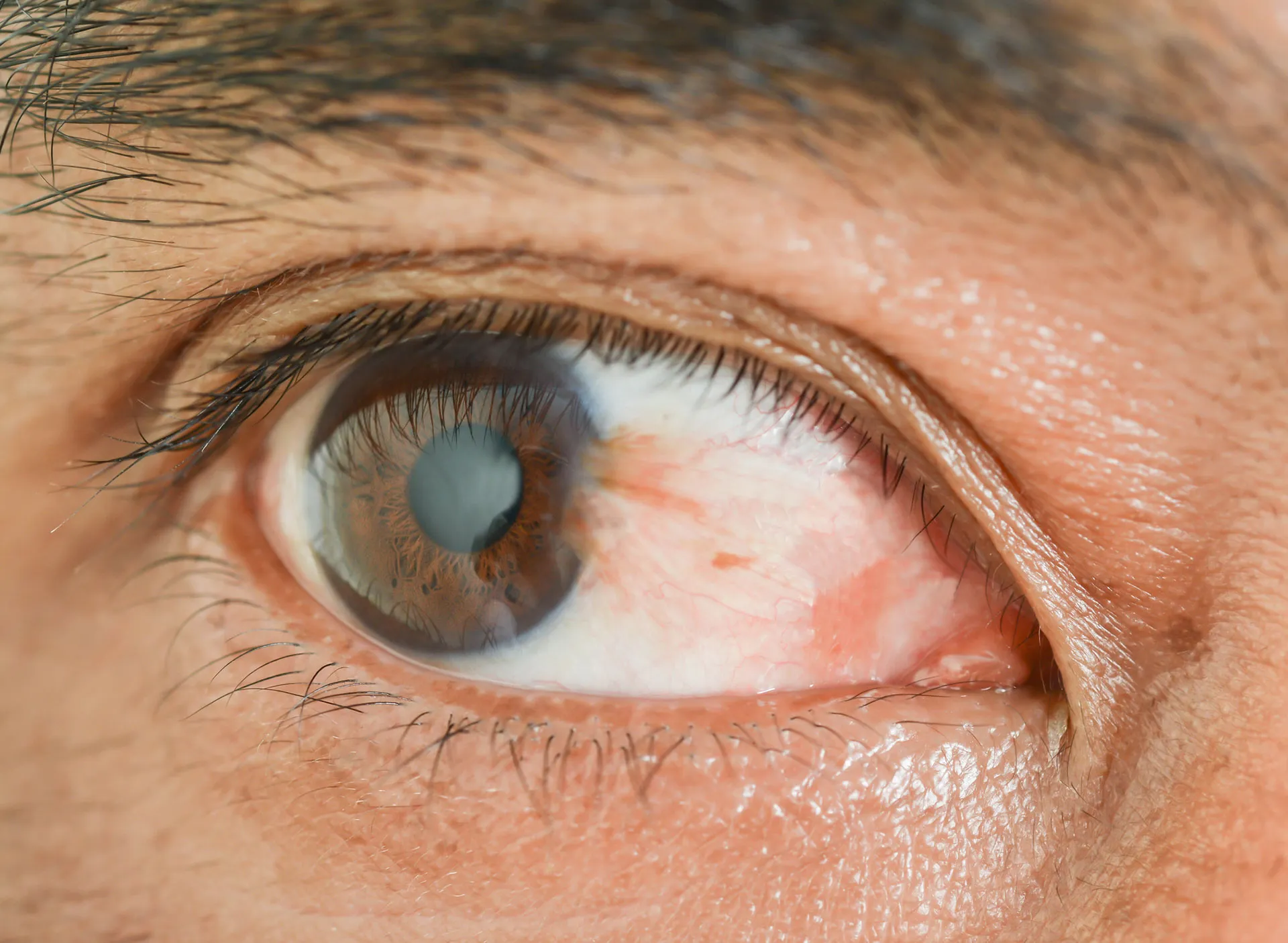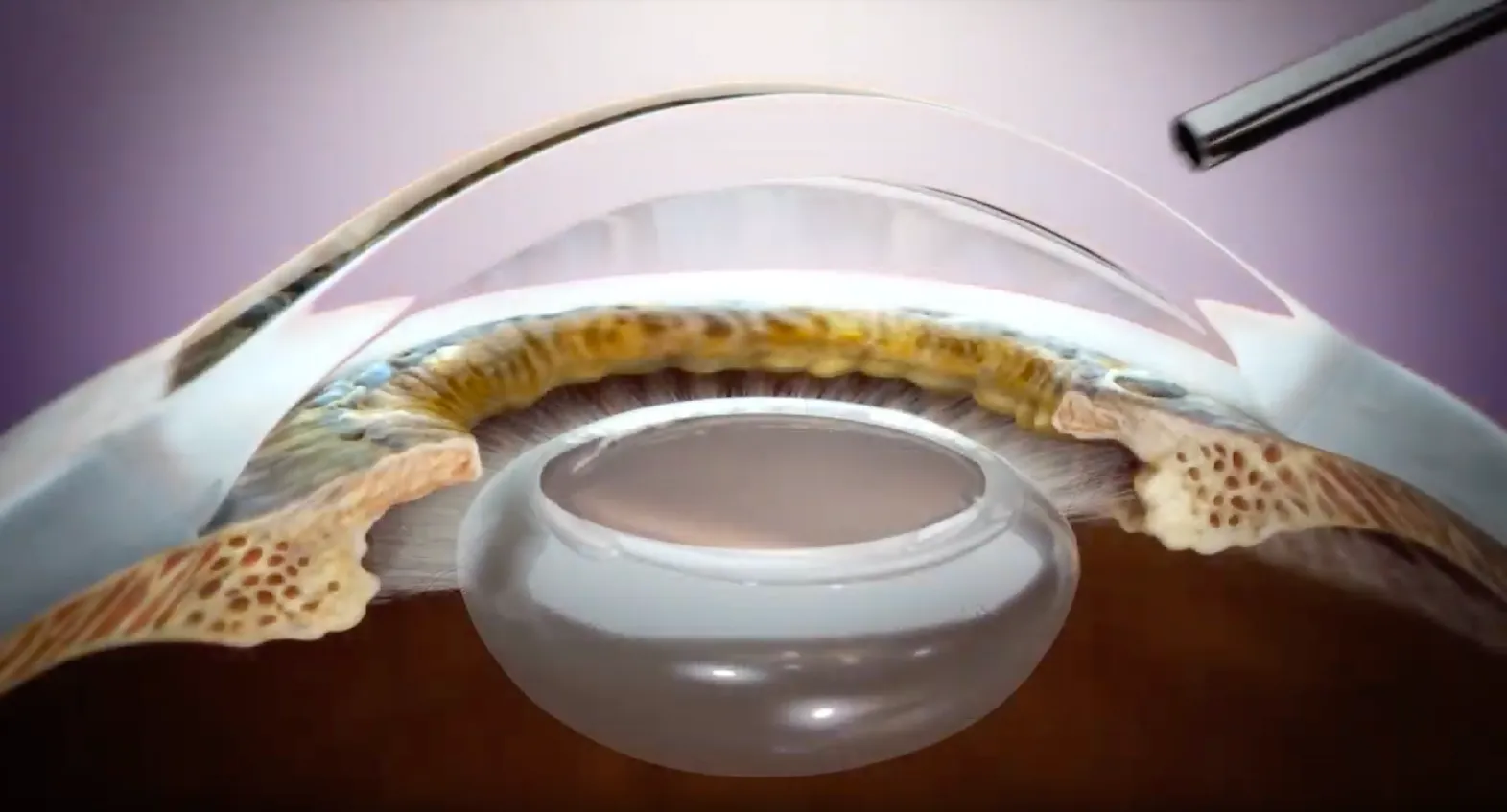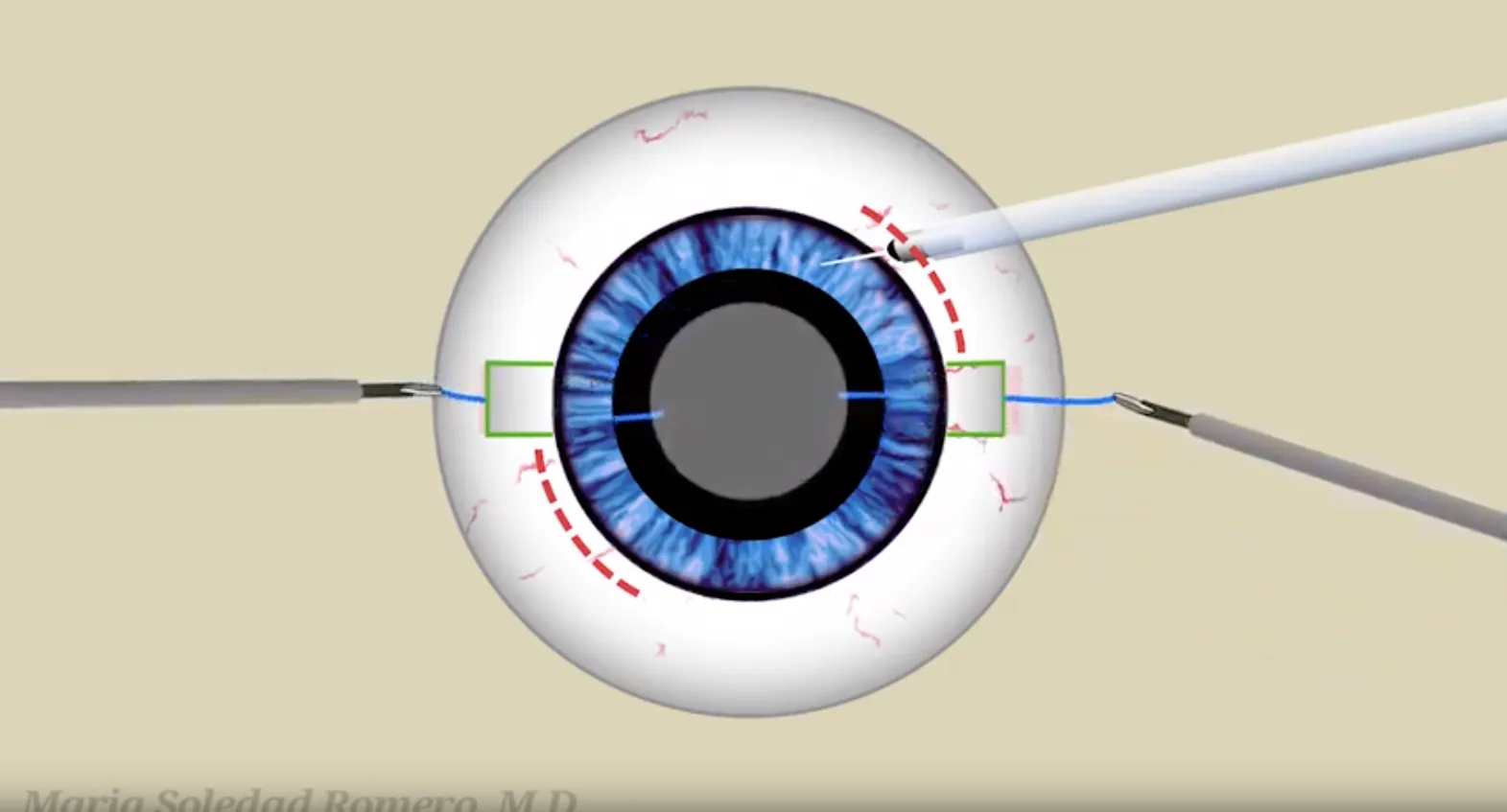Complex Eye Procedures, Referrals & Second Opinions
We welcome referrals and chart reviews from optometrists and ophthalmologists for cataracts and related challenging anterior segment reconstructive and complicated eye surgeries. Our skilled team has experience with procedures such as:
1.) Intraocular lens (IOL) exchange:
Although it is rarely necessary, the IOL can be removed and replaced. The most common reason for replacement would be that the power is incorrect, despite all of the preliminary calculations. Another encountered reason would be if the IOL shifts out of position inside the eye.
2.) Secondary IOL implantation
Cataract surgery is a very safe procedure with a high success rate. One very unusual complication can be that the cataract was successfully removed during the surgery, but the intraocular lens used to replace the natural lens lacked support for stable implantation. In that case, a second procedure is needed to implant the lens in an alternative fashion.
3.) Reposition of dislocated IOL
Intraocular lens (IOL) dislocation is a rare complication of cataract surgery where the lens moves out of place. The most common symptoms are a change in the vision, double vision, or seeing the edge of the lens implant.
Dislocation of the IOL can occur days to years after the cataract surgery, and can be the result of factors occurring during the original surgery, trauma to the eye, or diseases that affect the stability of the capsular bag.
With prompt and careful management that involves a surgical corrective procedure, most patients with IOL dislocation have a good visual outcome.
4.) Iris reconstruction
Iris tears can occur as result of ocular trauma, intraocular surgery, or can be a defect at birth. A torn iris can cause blurred vision and glare that affects your daily activities. In some cases, it is possible to repair a torn iris under an operating microscope using a very fine suture material.
5.) Pterygium Surgery
Pterygium also known as “surfer’s eye,” is a winged-shaped growth of pink, fleshy tissue on the surface of your eye. It may look concerning, but the condition is typically noncancerous, and is very easy to remove and treat, although recurrence is possible.
What Causes Pterygium?
Pterygium is most commonly caused by exposure to high sun and ultraviolet light, which is why people who work outside, spend a lot of time outdoors, or live in southern areas are most affected.
Pterygium symptoms:
- Redness and swollen conjunctiva
- Yellow spot or bump on the white of your eye
- Dry, burning eyes
- Blurred vision
Treatment Options:
- Lubricant eye drops
- Non-steroidal eye drops
- Wearing sunglasses
Pterygium Treatment
In many cases pterygium does not need treatment. However if your eyes feel uncomfortable or your vision is affected, you may need treatment.
Pterygium Surgery
Although many people with pterygium never require treatment, surgery may be recommended in certain cases. Pterygium that causes great discomfort and inflammation, becomes unsightly, or threatens to impair vision should be surgically removed.
Pterygium surgery is done under local anesthesia. During surgery, Dr. Romero will peel away the pterygium, and cover the area exposed with an amniotic membrane graft, or an autograft.

Recovery
You may need to wear an eye patch after surgery for one to two days. Most people return to work and normal activities a few days after surgery. Many people experience some soreness and redness a couple of weeks following surgery, but the eye will return to normal within 3 weeks.
Get in Touch
For more information on our Cataract Corrective Surgery services, please fill out our contact form or call our office today and someone will help you schedule an appointment for a consultation.







